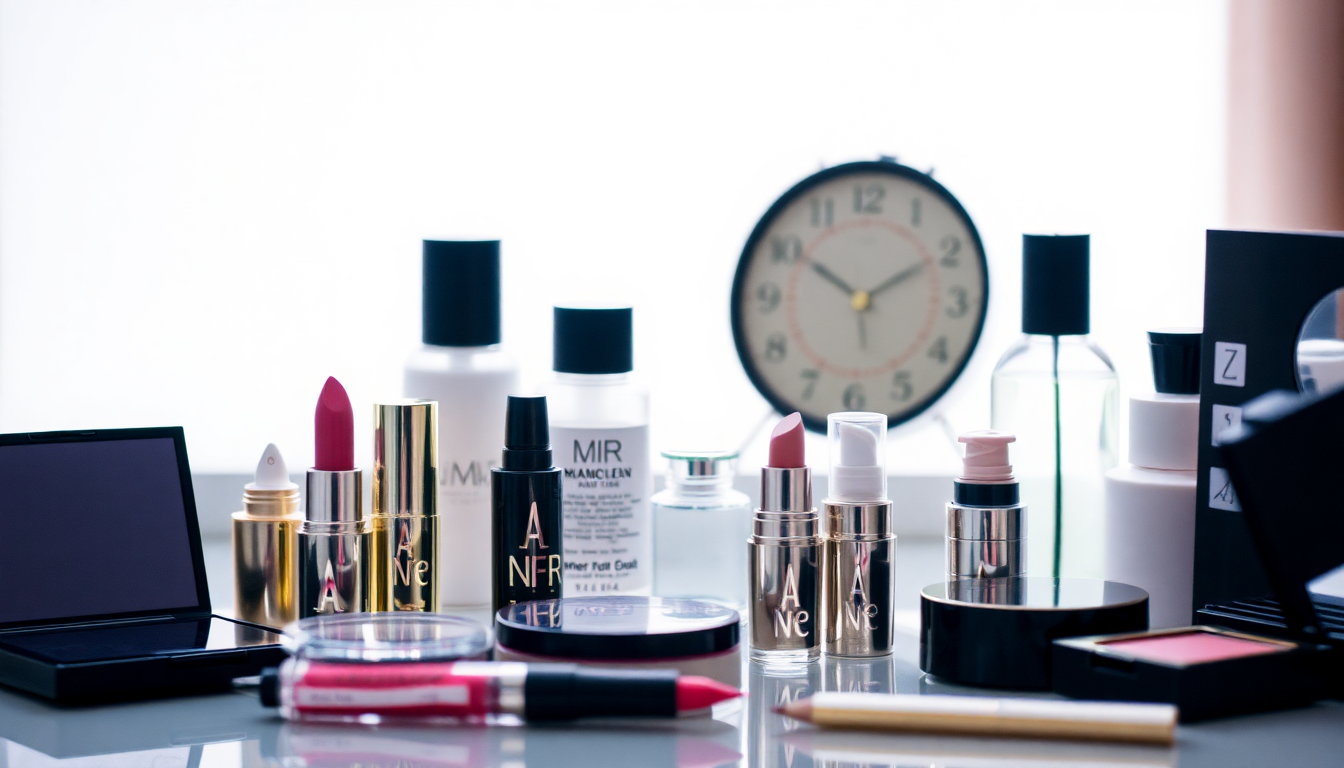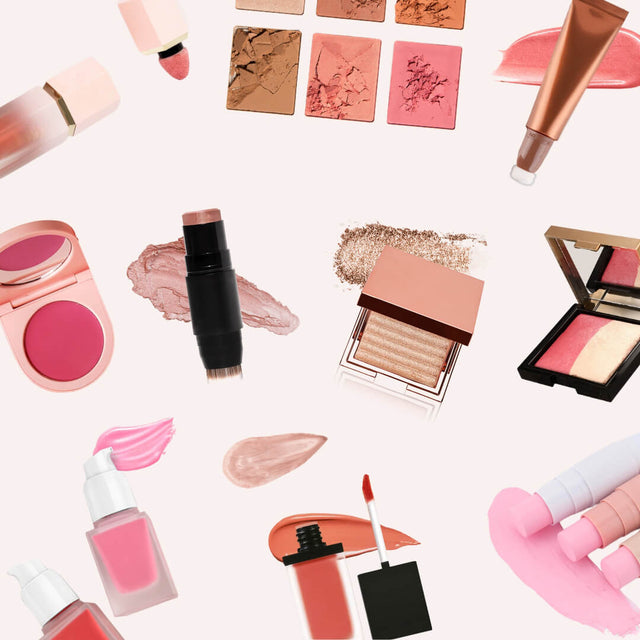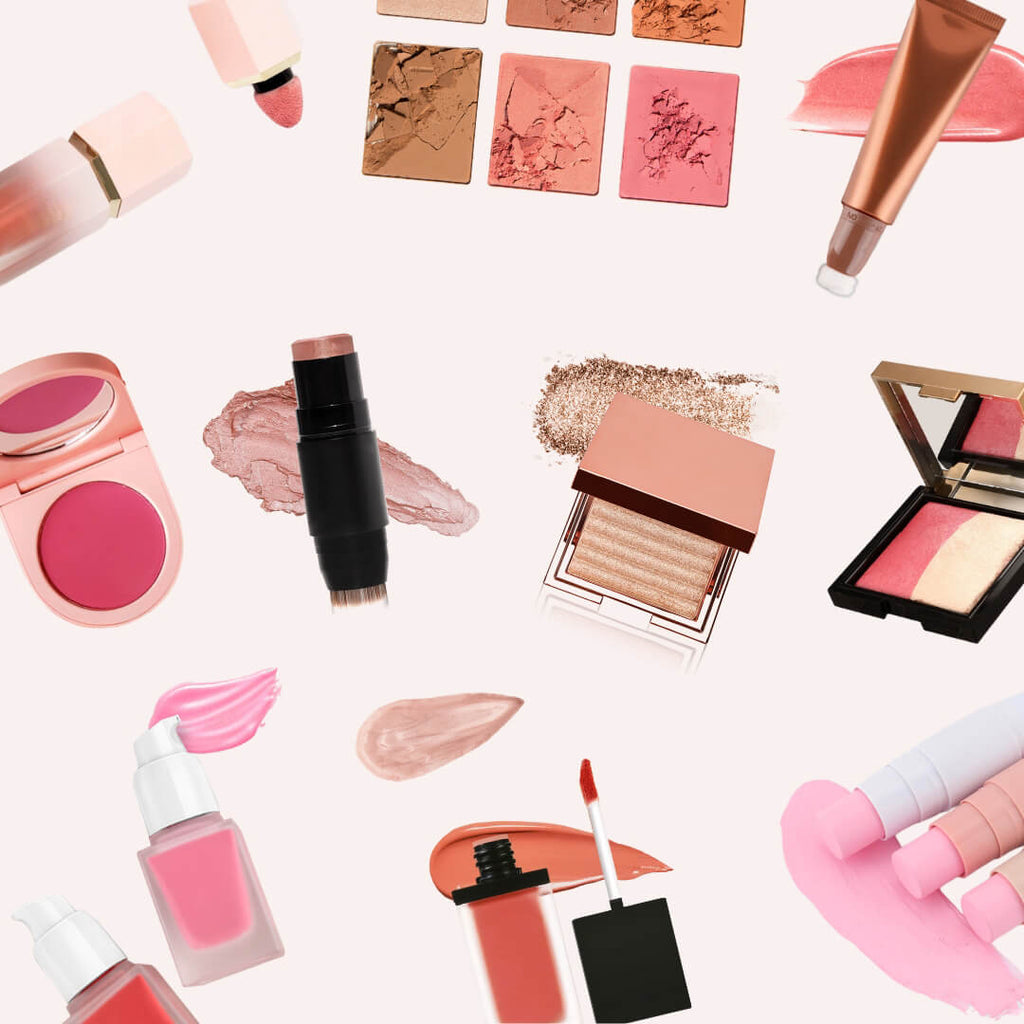
Your Ultimate Guide to Launching a Makeup Brand: Navigating Global Cosmetics Regulations and Marketing Strategies for 2025
Introduction
Launching a makeup brand in 2025 is an exhilarating yet complex endeavor. The ever-evolving beauty landscape, coupled with stringent regulations and diverse marketing strategies, can be daunting for newcomers. This comprehensive guide aims to equip you with the essential knowledge needed to successfully set up your makeup business. We’ll delve into global cosmetics regulations, market-specific labeling requirements, import policies, and innovative marketing strategies tailored for various regions.
Understanding Global Cosmetics Regulations
The first step to establishing a successful makeup brand is understanding the regulatory landscape in your target markets. Each country has distinct regulations that govern the cosmetics industry, ensuring consumer safety and product efficacy. Here’s a detailed breakdown of key regulations across different regions:
1. United States
- FDA Regulations: In the U.S., the Food and Drug Administration (FDA) oversees cosmetics. While cosmetics do not require FDA approval before marketing, they must be safe for use. Ensure your products meet labeling requirements, including ingredient lists and claims.
- Ingredient Restrictions: Familiarize yourself with the FDA’s prohibited and restricted ingredients list. It's vital to stay updated on any changes to this list to ensure compliance.
- Good Manufacturing Practices (GMP): Adhere to GMP guidelines to ensure product quality and safety during manufacturing.
2. European Union
- Cosmetic Regulation (EC) No 1223/2009: This regulation mandates that all cosmetic products sold in the EU undergo thorough safety assessments before marketing. You must also maintain a product information file (PIF) for every product.
- REACH Compliance: Register all chemicals used in your products with the European Chemicals Agency. This regulation ensures the safe use of chemicals in cosmetics.
- Labeling Requirements: Follow strict EU labeling rules, including ingredient declarations in INCI (International Nomenclature of Cosmetic Ingredients) format.
3. Canada
- Cosmetic Notification: All cosmetics must be registered with Health Canada. This involves submitting a Cosmetic Notification Form, which includes details about the product and its ingredients.
- Labeling Requirements: Ensure your labels are bilingual (English and French) and comply with the Cosmetic Regulations.
- Health Canada Guidelines: Follow guidelines regarding the manufacturing and safety of cosmetic products.
4. Australia
- Therapeutic Goods Administration (TGA): If your products make therapeutic claims, they may need to be registered with the TGA. Non-therapeutic products, however, are classified as cosmetics and must comply with Australian Consumer Law.
- Cosmetic Standard: Adhere to the Australian Cosmetic Standard, which includes safety and labeling requirements.
5. Japan
- Pharmaceutical and Medical Device Agency (PMDA): Cosmetics in Japan must be registered with the PMDA. You’ll need to provide documentation demonstrating product safety.
- Labeling Standards: Adhere to Japanese labeling requirements, including ingredient listings in Japanese.
6. South Korea
- Korea Food and Drug Administration (KFDA): Cosmetics must be registered with the KFDA, and you’ll need to provide safety data and ingredient lists.
- Testing Requirements: Products may need to undergo testing for efficacy and safety before being marketed.
Setting Up Your Makeup Online Store
With regulatory compliance established, it’s time to focus on launching your online store. Here are the crucial steps to ensure a smooth setup:
- Choose an E-commerce Platform: Opt for user-friendly platforms like Shopify, WooCommerce, or BigCommerce. These platforms offer customizable templates and integrated payment solutions, making it easier to launch your store.
- Design Your Website: Create an appealing design that reflects your brand identity. Focus on user experience, ensuring your website is easy to navigate and mobile-friendly.
- Product Photography: Invest in high-quality product photography. Clear, visually appealing images can significantly influence purchasing decisions.
- Payment Processing: Integrate secure payment gateways like PayPal, Stripe, or Square to facilitate seamless transactions.
- Logistics and Shipping: Research logistics partners to ensure reliable shipping. Offer multiple shipping options and clearly communicate shipping policies on your website.
- Customer Service: Set up a robust customer service system. Consider live chat options and timely responses to inquiries to enhance customer satisfaction.
Marketing Strategies for Your Makeup Brand
In a competitive landscape, effective marketing strategies are crucial for brand visibility and growth. Here are some innovative tactics to consider:
1. Influencer Collaborations
- Partner with beauty influencers who resonate with your brand ethos. Influencers can help amplify your reach and establish credibility among their followers.
- Consider micro-influencers as well; they often have a more engaged audience and can be more cost-effective than larger influencers.
2. Social Media Advertising
- Utilize platforms like Instagram and TikTok for targeted ads showcasing your products. These platforms are highly visual and cater to beauty enthusiasts.
- Experiment with short-form video content, tutorials, and behind-the-scenes glimpses to create engaging advertisements.
3. User-Generated Content
- Encourage customers to share their looks using your products. Create unique hashtags to track user-generated content, fostering a community around your brand.
- Feature user-generated content on your website and social media to build authenticity and trust.
4. Sustainability Initiatives
- Incorporate eco-friendly practices, such as recyclable packaging and cruelty-free formulas, to appeal to environmentally conscious consumers.
- Communicate your sustainability initiatives transparently, as consumers are increasingly seeking brands that align with their values.
5. Email Marketing
- Build an email list by offering exclusive deals or early access to new products. Send regular newsletters featuring product launches, tutorials, and beauty tips.
- Segment your email list to provide personalized content tailored to specific customer preferences.
6. Collaborations and Limited Editions
- Consider collaborations with other brands or artists to create limited edition products. This can generate buzz and attract new customers.
- Launch seasonal collections that align with current trends, encouraging repeat purchases.
Keeping Up with Trends in the Makeup Industry
Staying ahead of trends is essential for maintaining relevance in the makeup industry. Here are some current trends to consider in 2025:
- Clean Beauty: Consumers are increasingly seeking clean, non-toxic products. Formulate products with natural ingredients and provide transparency in your ingredient sourcing.
- Personalization: Offer personalized product recommendations based on customer preferences and skin types. Consider implementing quizzes or consultations to enhance the shopping experience.
- Virtual Try-Ons: Utilize augmented reality (AR) technology to allow customers to virtually try on products before purchasing. This can enhance customer engagement and reduce returns.
- Diversity and Inclusivity: Ensure your product range caters to various skin tones and types. Promote diversity in your marketing campaigns to resonate with a broader audience.
Conclusion
Launching a makeup brand in 2025 requires a strategic approach, encompassing a thorough understanding of global regulations and innovative marketing strategies. By following this guide, you can navigate the complexities of the cosmetics industry and create a successful makeup brand that resonates with consumers worldwide. Stay informed about industry trends, prioritize compliance, and foster genuine connections with your audience to build a lasting brand in the competitive makeup market.
Share

Launching Your Makeup Brand in New Zealand: Essential Insights on Private Label Cosmetics, Import Regulations, and Effective Marketing Strategies for 2025



